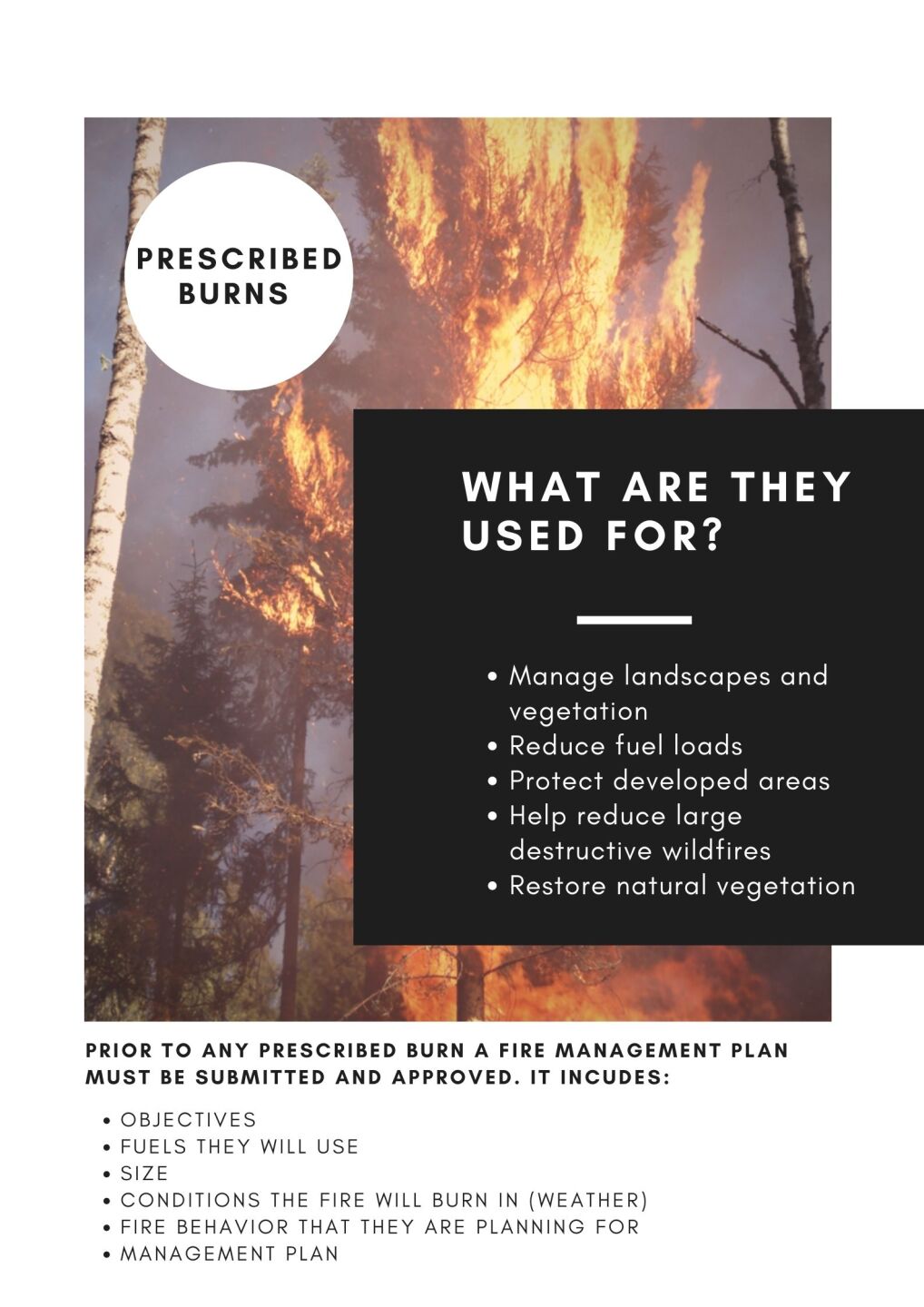IDAHO — The Boise National Forest is doing a 130-acre prescribed burn on May 11 and 12 in the North Fork of the Payette Drainage.
The Emmett Ranger District Firefighters will hand-ignite the land, so be prepared to see smoke in the area.
Emmett Ranger District firefighters plan to hand-ignite approximately 130 acres, May 11 and 12, 2021 in the North Fork of the Payette Drainage. The prescribed burn area is roughly 6 miles north of Banks, ID on the west side of State Highway 55. pic.twitter.com/320ce2MhGF
— Boise Nat. Forest (@BoiseNF) May 7, 2021
Agencies have used prescribed burns for years to manage forests and land.
"It's really important," said Lance Okeson, BLM Fuels Program lead. "It's a critical tool."
They plan their prescribed burns in the spring and fall.
"Timing is critical. It is easier to control in spring because if you wait until greenup and all the other vegetation around where you are burning is green it helps you control the fire more," Okeson said. "In fall after a summer everything is dead, it is dried out and everything is carrying fire, so in the fall prescribed burns usually require more resources."
Agencies like the Bureau of Land Management and the U.S. Forest Service use prescribed burns to:
- manage landscapes and vegetation
- reduce fuel loads
- protect developed areas
- help reduce large destructive wildfires
- restore natural vegetation

Before any state or federal agency can start a prescribed burn they must submit and get approval for a burn plan.
"The burn plan outlines one, your window of opportunity, what the conditions are that you want the fire to be burned under, what the fire behavior that you are shooting for is, and there is a lot of modeling that goes into it in regards to fuel conditions that you can predict, what your fire behavior is going to be," Okeson said.
BLM isn't currently planning any more prescribed burns because conditions are so dry in their area, which also serves as a great reminder to take extra precautions to prevent any wildfires.
"We are kind of putting a hold on our spring burning that we normally would be doing because conditions are so dry, a lot of people do weed burning this time of year, but just take extra precautions and don’t turn your back on it," Okeson said. "If you aren't equipped to deal with the worst-case scenario then you probably shouldn't light it."





